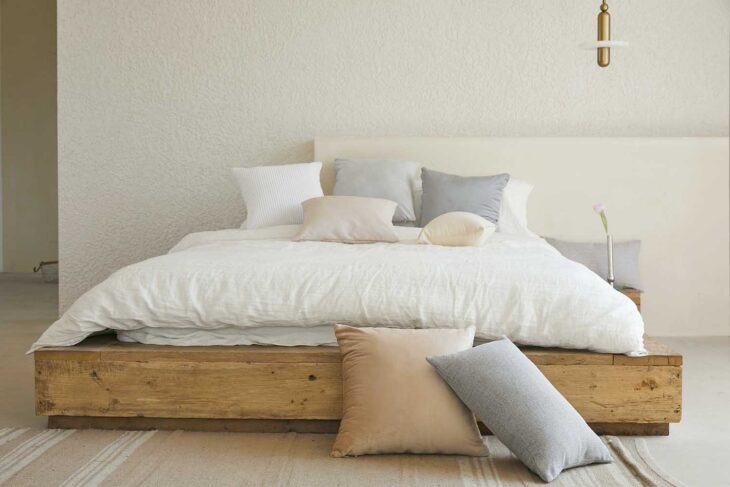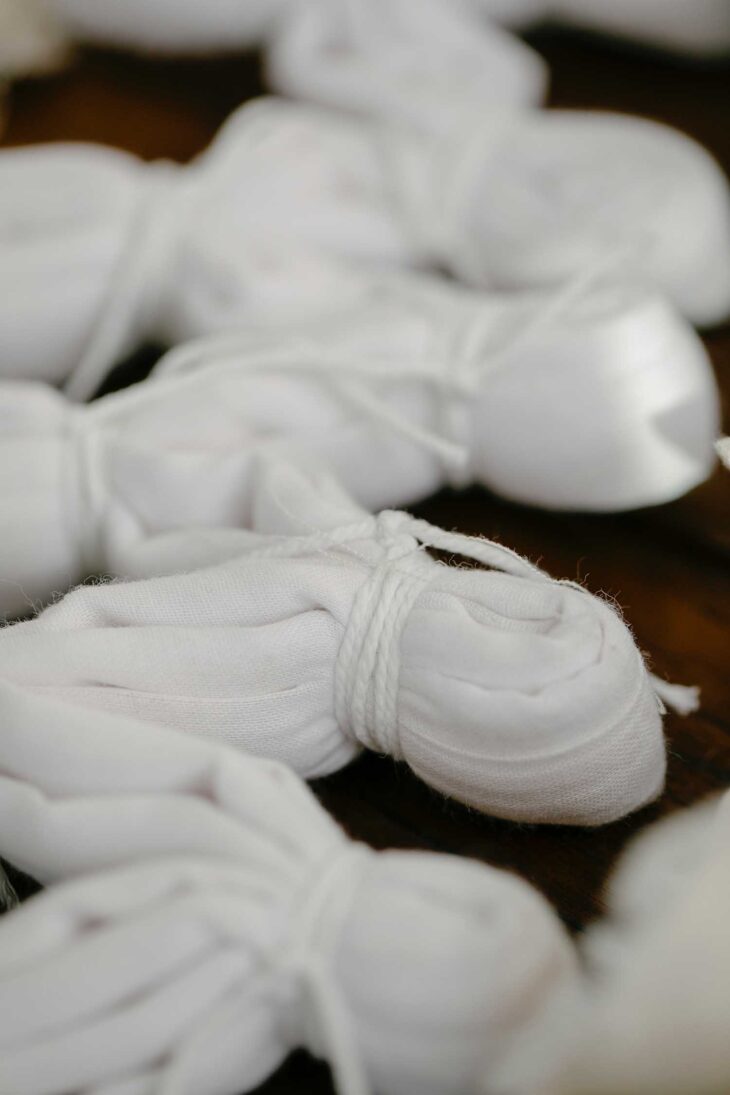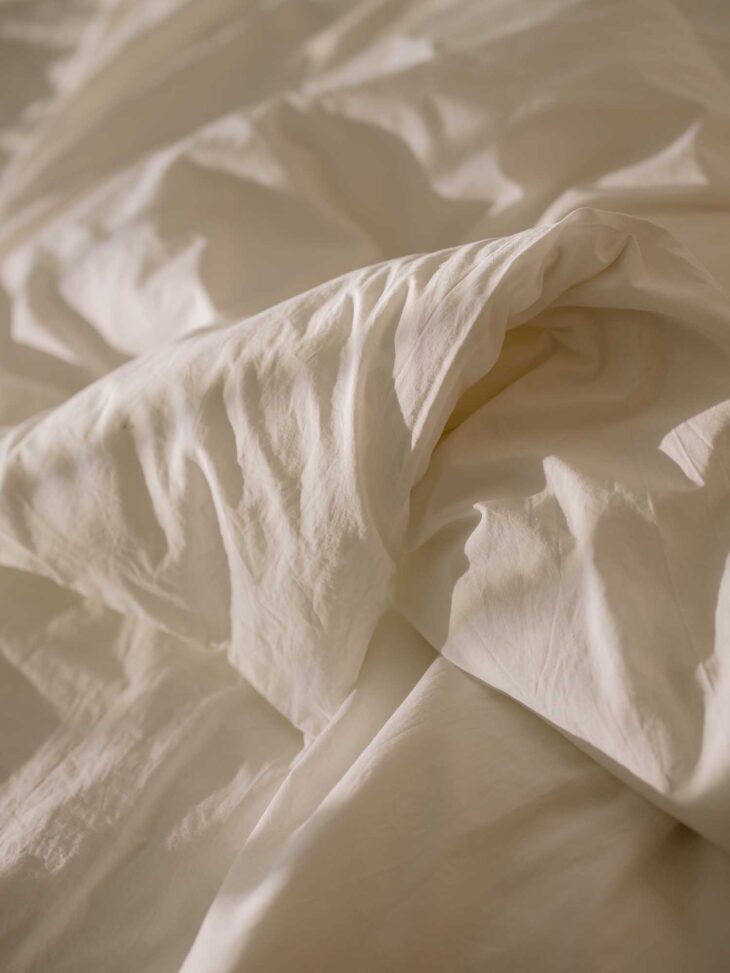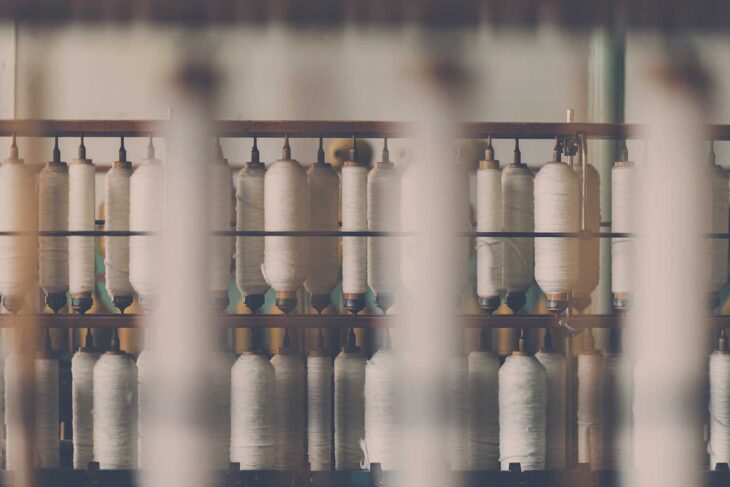
According to the National Institute of Health Research, people spend a third of life sleeping or trying to sleep. Given such numbers, it’s essential to take care of the main providers of good and sound sleep – bed and bedding. While the choice of a proper bed can take days or even months, we tend to be less selective with bed linen, and typically, the pattern defines the choice. However, that’s quite a misguided approach, as bed linen is essential for the feeling of comfort and benefits our well-being.
When googling numerous bedding websites, you can easily get a bit frustrated with the choice, as there are quite a few critical features to consider. We have compiled a brief guide to help you choose the best bed linen and improve your sleeping experience.
The main criteria to analyze are the following.

The fabric
Once you reach the “Filter” button, you see a long list of options with names that don’t make any sense to you. There are two main types: natural and synthetic, and their subtypes, each of them creating a different feeling:
1. Cotton bed linen
It is probably the leader among recognizable names. It’s natural, breathable, and durable, which is why it’s one of the most common choices. The best quality cotton is Egyptian and Supima.

2. Egyptian Cotton
It is produced from a slightly different plant than cotton, that’s why it’s superior in quality and seems to be improving quality after each washing. This material is made of extra-long staple cotton, which provides durability.
Egyptian cotton always has a specialized symbol of authenticity, marked on the packaging.
3. Supima or Pima cotton
The main competitor of Egyptian cotton was created in the USA. It is made from a medium to extra-long staple fibers, which provide high durability and premium properties of the bedding. However, it’s a bit more affordable than Egyptian cotton.
4. Flannel (brushed cotton)
The warmest and softest type of cotton. It is made from loosely spun cotton, which is brushed to create s soft texture. Flannel is often taken as brushed cotton, however, there’s a difference. Flanner, or flannelette, is softer, as it’s brushed from both sides.
Linen – another variant for those who stick to natural materials. It is produced from the fibers of the flax plant (typically of Belgian or French origin). Linen is breathable and works perfectly as insulation. As long as it helps to regulate the body temperature throughout the year, it can be used all year round.
5. Silk
If it’s natural, it’s the source of smoothness and adds a touch of luxury to the bedroom. Silk sheets are made from cocoons of silk that are spun by silkworms. It’s breathable and takes moisture away from the skin, keeping your body temperature cool. It’s the most demanding considering the care measures, as you can only use the hand-wash option or air drying.
However, be attentive, silky bedding can often have nothing but the name related to “silk”, being an artificial replacement.
6. Polycotton
A blend of natural and synthetic yarns. It’s an ‘easy-to-care” type of sheet, as it doesn’t cost a lot, it is quickly washed, and easily dried. However, its breathable functions are much worse than those of the natural materials, thus, ‘sweaty’ sleepers’ will hardly benefit from this type of bedding.
The weave
The weave is the way how the threads are interconnected. There is a variety of types, yet the most common for bedding are:
- Sateen – the most luxurious type of weaving. It is resistant to wrinkles, eye-appealing, and silky-smooth to the touch.
- Percale – crispy when touched, and super-breathable. It feels comfortable any time of the year and tends to have wrinkles.
- Flannel – warm and soft, it’s typically used for cold climates. It’s mainly used for blankets and pajamas.
The thread count
The thread count used to be the first sign of quality. Basically, it’s the number of horizontal and vertical threads per square inch of fabric. The higher the count, the softer the bedding is. However, the midrange number will make fine as well – 400-600. The min thread count shouldn’t go lower than 200, however, this option isn’t applicable for linen sheets.
How often do you need to replace the bedding?
Bed linen should be washed once a week or two, depending on the season. In summer we sweat more, thus, the need for washing increases. In winter we often find excuses due to cold weather and minimal sweating, yet, hygiene knows no seasons.
The bedding sets are recommended to be replaced every 2-3 years on average, as it depends on the quality of sheets, insulation that is used, the cover material of the bed itself, frequency of usage/washing, etc.
Bedding has a direct influence on the quality of our sleep and completes the overall design of the bedroom. Carefully chosen bedding can be a real game-changer in terms of the room style and your well-being.




















